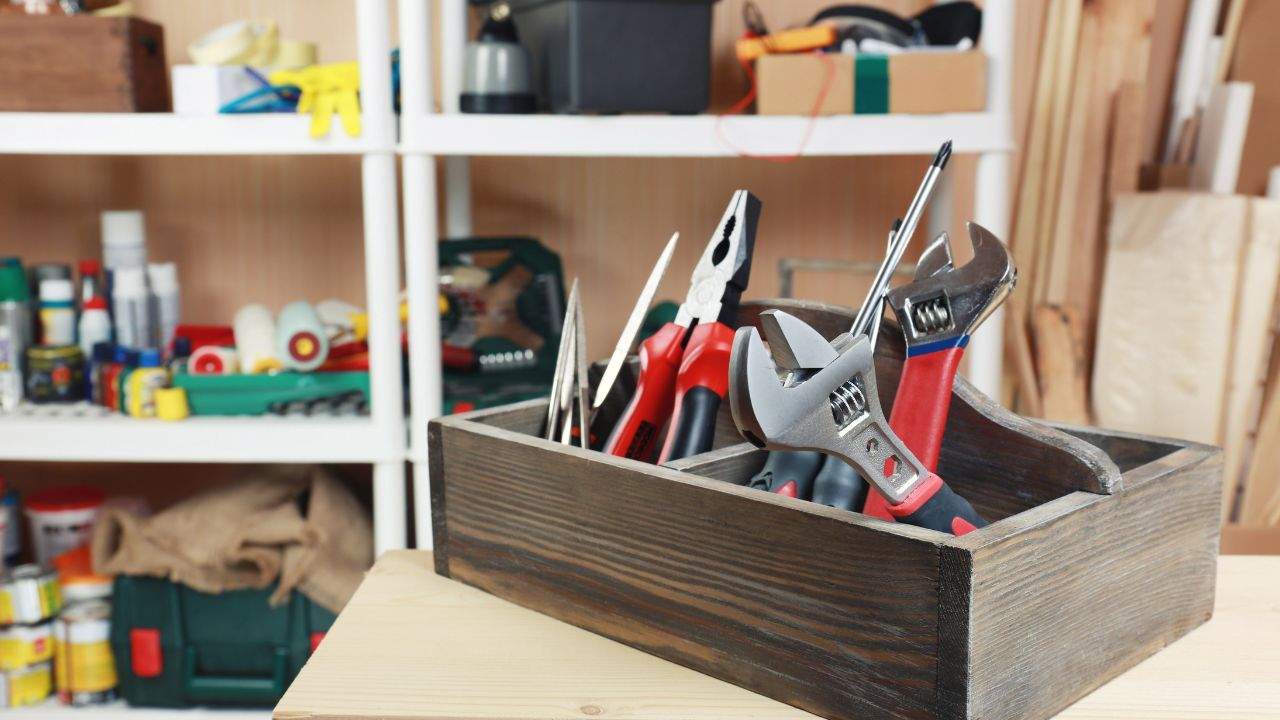When it comes to home improvement projects, no matter how big or small, having the right tools at your disposal is paramount for success.
Investing in quality home tools pays off far beyond what you might expect—it can reduce time spent on projects, increase accuracy and precision of work, improve safety conditions around the house, and even motivate DIY enthusiasts to tackle exciting new tasks.
In this blog post, we’ll cover why investing in quality home tools is smart for those who enjoy taking on Do-It-Yourself (DIY) projects.
1. Understand the importance of investing in quality materials and tools
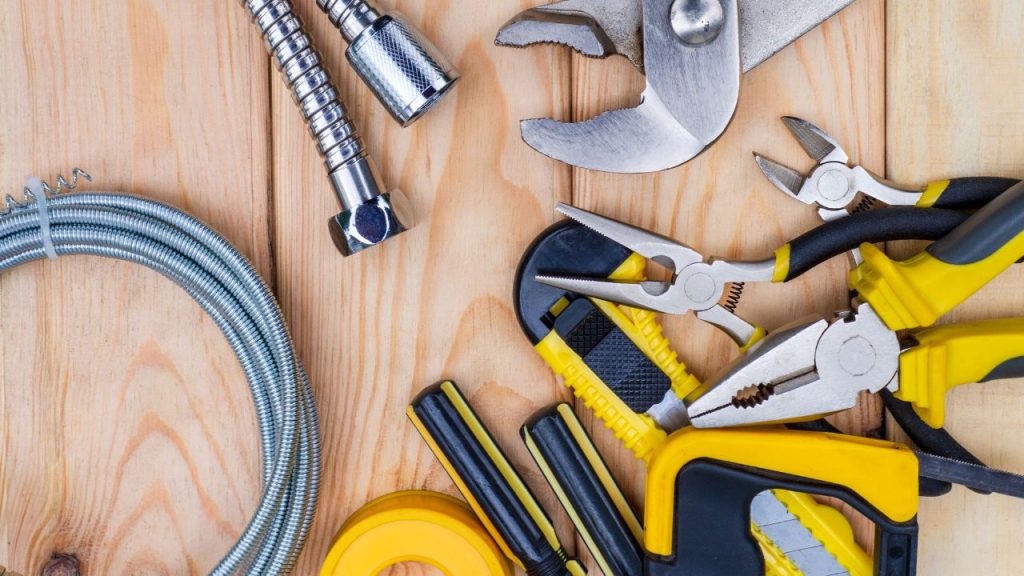
There’s something about creating something with your own two hands that brings a sense of satisfaction.
However, it’s important to understand the importance of investing in quality materials and tools to ensure a successful DIY project.
You can always find a store in Texas with the right tools to complete your projects with precision and efficiency.
Using cheap, low-quality materials can lead to a finished product that needs more durability and quality.
Similarly, using improper tools or tools of poor quality can lead to frustration and imperfect results.
Investing in quality materials and tools may cost more initially, but in the long run, it pays off with a finished product that is not only durable but also aesthetically pleasing.
So, when planning your next DIY project, take the time to invest in quality materials and tools. Your future self will thank you!
2. Identify and research different types of home tools
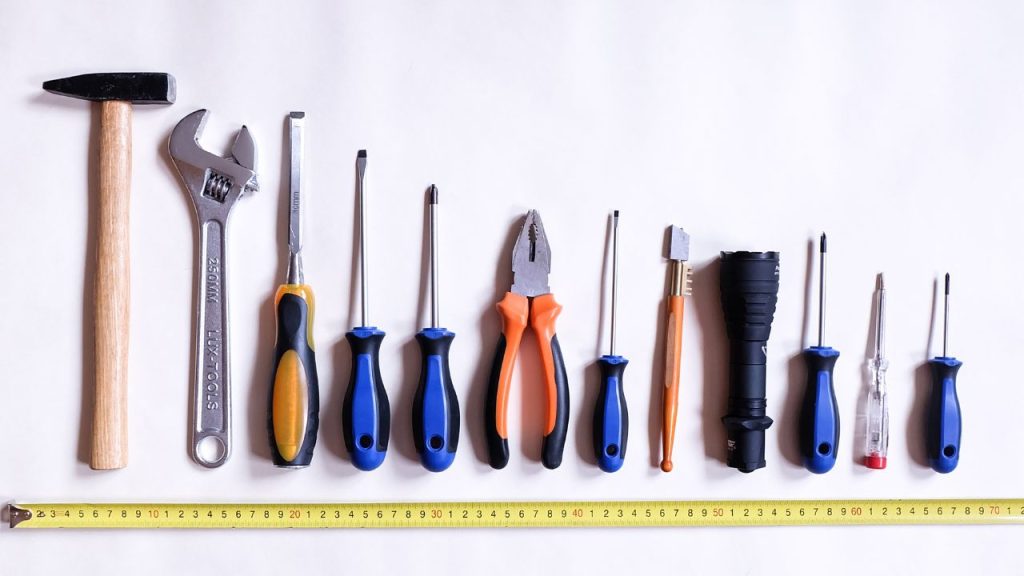
From hammers to drills and everything in between, there are countless options for DIY enthusiasts looking to take on everything from minor repairs to major renovations.
But with so many different tools available, it can be overwhelming to figure out which ones are best suited for specific tasks.
Some tools, like screwdrivers and pliers, are versatile and can be used for various purposes.
Others, like power saws and sanders, are better suited for specific tasks requiring precision and power.
Whatever your project, taking the time to research and invest in the right tools will save you time, money, and frustration in the long run.
3. Consider the cost-benefits
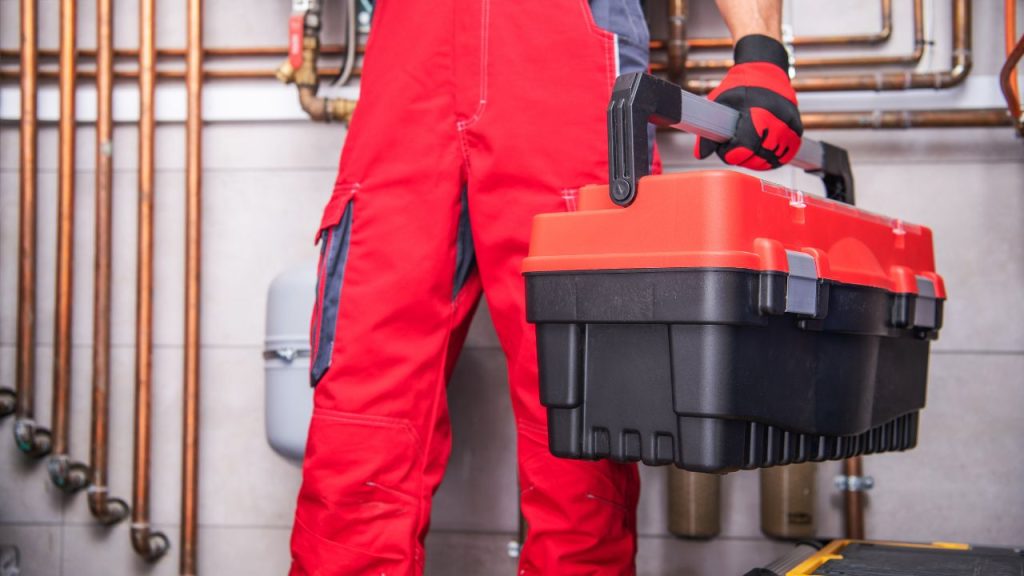
When purchasing equipment, the decision often boils down to buying the higher-quality or cheaper option. However, it’s important to consider the cost-benefit analysis of each choice.
Opting for cheaper equipment may seem like the more budget-friendly decision in the short term, but it could cost you more money in the long run due to the need for repairs or replacement.
On the other hand, investing in a higher quality piece of equipment might be a bigger upfront expense, but it can ultimately save you money in the long run by lasting longer and requiring less maintenance.
READ MORE: 9 Items You Need To Have In Your Home Office
4. Evaluate the durability and longevity of each tool
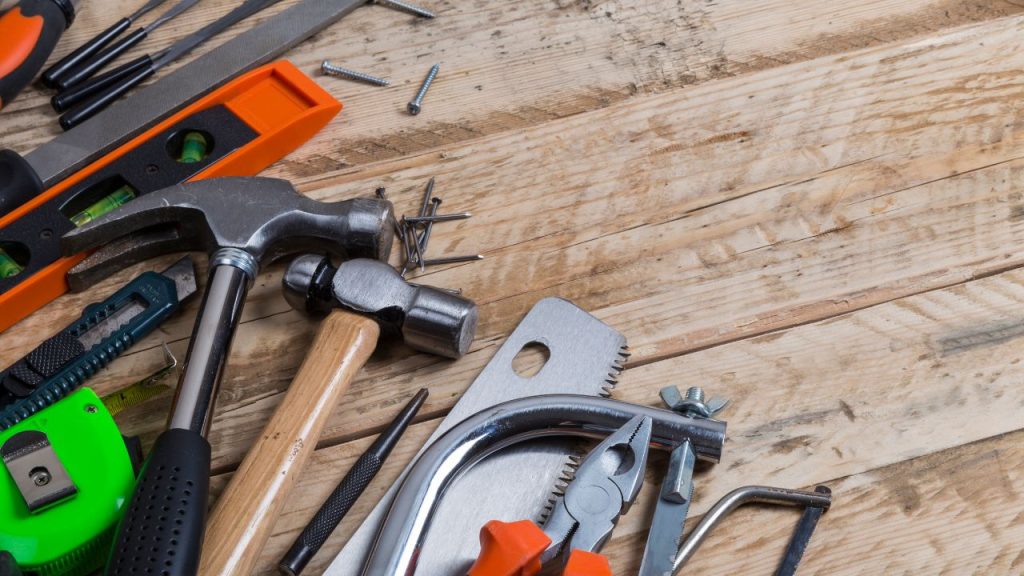
As consumers, we all want to get the most out of our money when making a purchase, especially when it comes to tools we rely on for DIY projects or professional work.
One key factor to consider when making a purchasing decision is the durability and longevity of the tool. No one wants to invest in a tool that will break after a few uses or become obsolete quickly.
By evaluating the quality and reputation of the brand and reading reviews from other customers, we can make informed decisions about which tools will provide us with the longest lifespan and the best value for our money.
5. Discover how to care for your tools properly

Maintaining tools is equally important to get the most out of them. Caring for your tools properly will extend their life span and ensure they perform at their best.
For example, keeping your tools dry and clean after use will prevent rust and deterioration.
Additionally, sharpening blades and lubricating moving parts will help maintain their effectiveness.
Taking the time to care for your tools means you won’t have to constantly replace them, saving you time and money in the long run.
Investing in quality tools and materials is essential to complete DIY projects with a professional look and feel.
While it may be tempting to go for the cheapest options available, when it comes to home improvement, going the extra mile is often worth the cost in terms of better durability and longevity.
Consider researching different types of tools depending on what type of project you are trying to accomplish and evaluating cost-benefit analysis before making your final decisions.
Learning how to care for your tools properly is also important for their use and lifespan in the long run.
